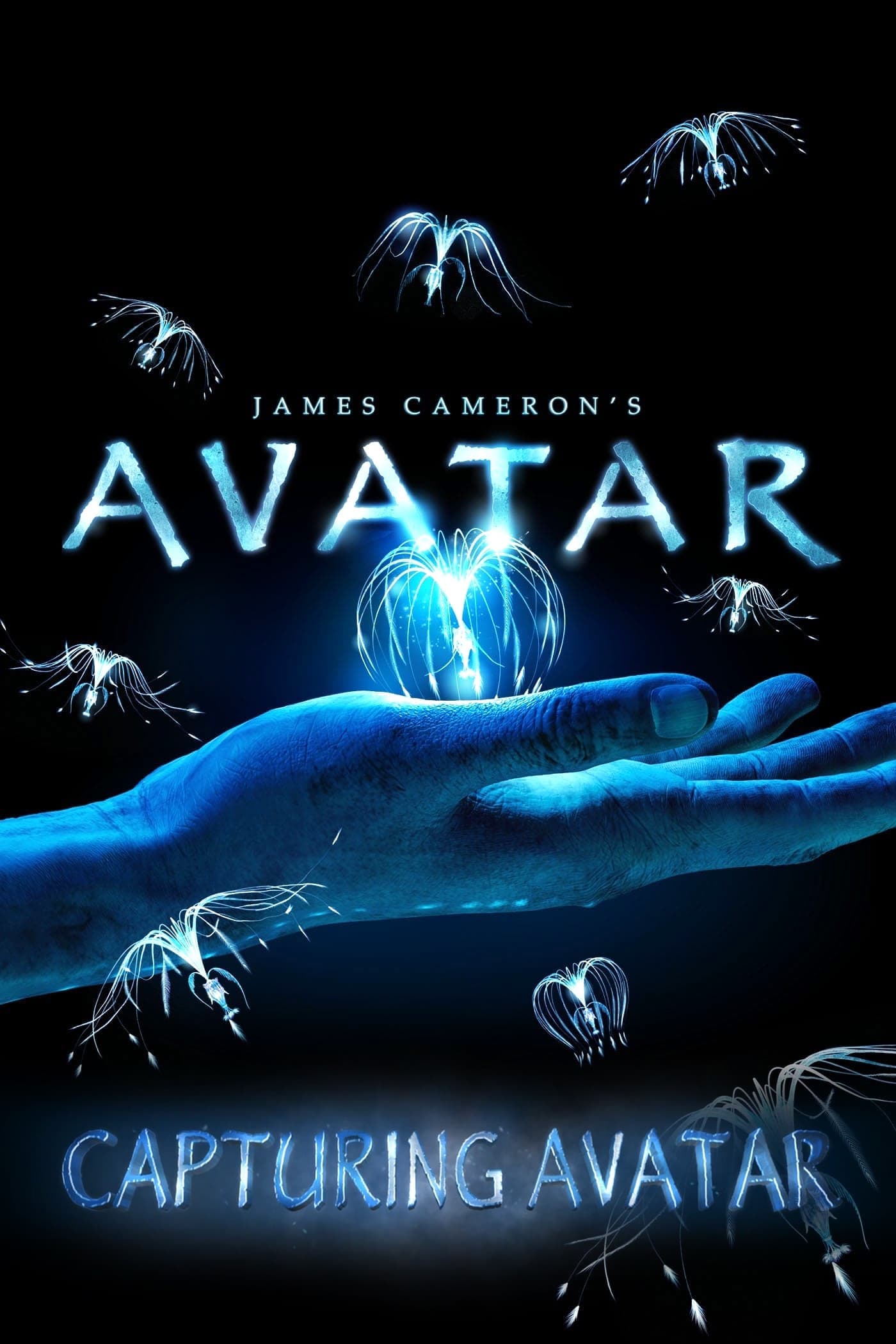Trail of the Spider
Jan 01 2008
•1h 54m
•Western
Trail of the Spider transposes Western genre motifs and the suppressed racial history of the American west (where one in three cowboys were black or Mexican) onto the transforming landscape of East London. Questioning and re-imagining the Western’s portrayal of the “Vanishing Frontier” , the film extends the metaphor to the material and psychological conditions of a present day city increasingly dominated by volatile financial speculations and private interests.
Cast
See allFloyd
The Man with No Name
Claudette Bonney
Marnie

Darren Matthews
Turnwood
Robin Laine
Dr. Harwell Carver
Recommendations
See all
Flying Spiders
When flying spiders wreak havoc on a small town, it's up to the locals to contain them before the airborne arachnids take over the world.

Six Reasons Why
In a desolate place called the Badlands, four men stand off with guns drawn, their fingers ready at the trigger. Among them are a fugitive seeking redemption, a son out to avenge his father's murder, a loyal servant with a secret and a murderous criminal hired to kill with a vengeance. This is their story...in a place where revenge, deception and cruelty are a way of life.

Wazir
'Wazir' is a tale of two unlikely friends, a wheelchair-bound chess grandmaster and a brave ATS officer. Brought together by grief and a strange twist of fate, the two men decide to help each other win the biggest games of their lives. But there's a mysterious, dangerous opponent lurking in the shadows, who is all set to checkmate them.

Capturing Avatar
Capturing Avatar is a feature length behind-the-scenes documentary about the making of Avatar. It uses footage from the film's development, as well as stock footage from as far back as the production of Titanic in 1995. Also included are numerous interviews with cast, artists, and other crew members. The documentary was released as a bonus feature on the extended collector's edition of Avatar.